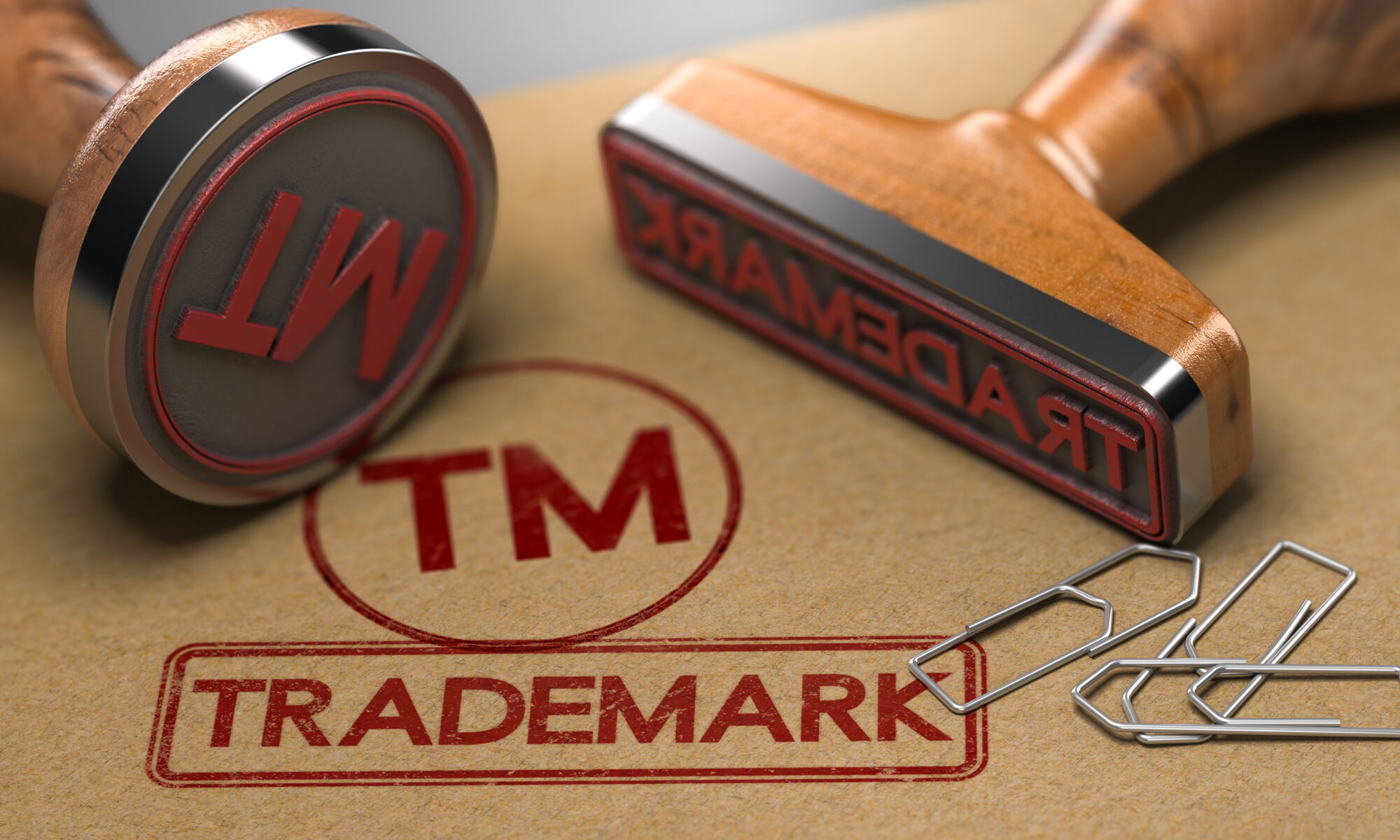If you own a business, chances are, you are already using trademarks on your products. However, do you know if those trademarks are registrable?
A trademark is used to associate a product with a business. Overtime, a trademark could become so popular that customers would look for it when they are looking for a product of a certain quality. Therefore as an identifier, a trademark must be uncommon and cannot be confusingly similar to other trademarks.
Generic and Descriptive Marks are Unregistrable
Generally, a mark is not registrable if it is generic[1] or merely descriptive.[2] To illustrate, the word “PEN” may not be used as a trademark for pens and the word “BRIGHT” may not be used for light bulbs. Allowing the registration of these marks would prevent others from fairly using generic and descriptive terms as labels to describe their products. Nevertheless, a common word may be used as a mark for an unrelated product. For example, the word “APPLE”, though common, may be used as a trademark for phones. Another option is to opt for more distinctive terms which do not have common dictionary meanings such as “XEROX” for photocopiers.[3]
Other Unregistrable Marks
A trademark is also unregistrable if it consists of immoral, deceptive or scandalous matter,[4] or if it is contrary to public order.[5] A mark may be disallowed if it disparages or falsely suggests a connection with persons, institutions, beliefs, or national symbols.[6] For example, the flag of a country is unregistrable.[7] Similarly, signs or of indications that have become customary or usual as product designations in everyday language or in established trade practices are unregistrable.[8] Thus, a barber’s pole may not be registered as a trademark for barbershops because it has become a customary mark for barbershops. Other unregistrable marks include colors (unless defined by a given form),[9] misleading marks,[10] and marks consisting of shapes necessitated by technical factors or by the nature of goods, such as figure of water drops for water products.[11]
Marks Identical or Confusingly Similar to Registered or Internationally Well-Known Marks
Furthermore, a mark may not be registered if it is identical or if it is confusingly similar to a previously registered mark (or one with an earlier filing date)[12] or to an internationally well-known mark.[13] For this purpose, an internationally well-known mark does not have to be registered in the Philippines in order to gain protection. However, such protection is conditioned upon a prior declaration by either the Bureau of Legal Affairs, the Office of the Director General of the Intellectual Property Office or the Courts, that such mark is internationally well-known.[14]
To determine if a trademark has already been registered by others, you may check the trademark database of the Intellectual Property Office of the Philippines which is posted at https://www3.wipo.int/branddb/ph/en/.
For questions regarding the article “Can Your Trademark Be Registered”, you may email us at inquiry@cfiplaw.com.
Note: The article above is for informational purposes only and does not constitute legal advice.
[1] Sec. 123 (h), IP Code of the Philippines.
[2] Sec. 123 (j), IP Code of the Philippines.
[3] https://www.inta.org/fact-sheets/trademark-strength/, accessed on 25 September 2020.
[4] Sec. 123 (a), IP Code of the Philippines.
[5] Sec. 123 (m), IP Code of the Philippines.
[6] Ibid.
[7] Sec. 123 (b), IP Code of the Philippines.
[8] Sec. 123 (i), IP Code of the Philippines.
[9] Sec. 123 (l), IP Code of the Philippines.
[10] Sec. 123 (g), IP Code of the Philippines.
[11] Sec. 123 (k), IP Code of the Philippines.
[12] Sec. 123 (d), IP Code of the Philippines.
[13] Sec. 123 (e) and (f), IP Code of the Philippines.
[14] Dy vs. Philips Electronics, G.R. No. 186088, 22 March 2017.


